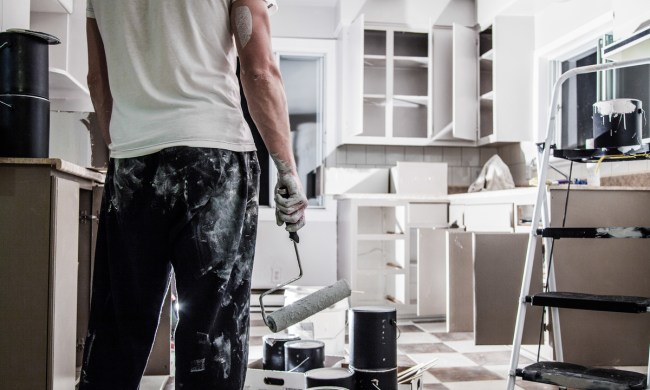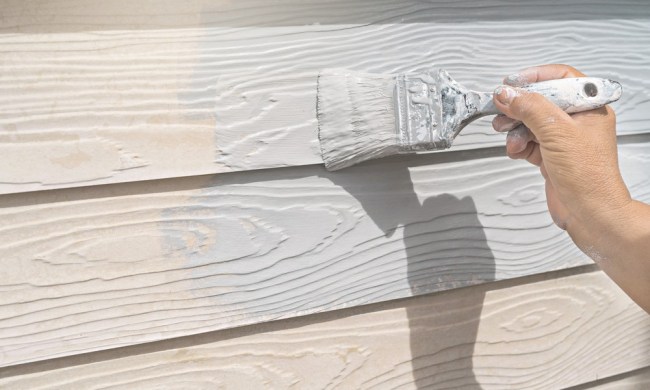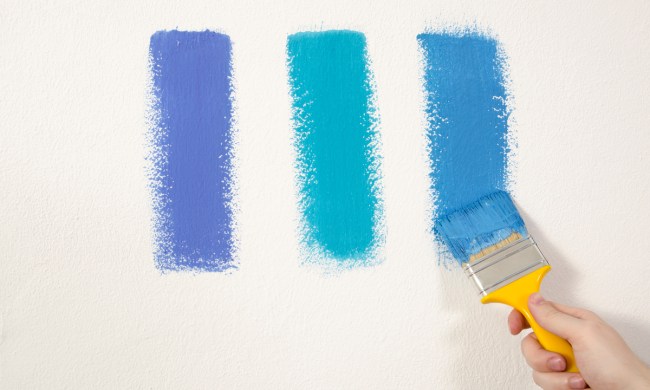Refinishing a kitchen table or dining set is a creative way to change up the look of your home. It breathes life into old pieces, allows you to create seamless style in living room/dining room combos, and offers a chance to create something you can’t find in stores.
One of the most popular refinishing techniques is painting because it’s easy to do, effectively hides blemishes, and offers endless possibilities for personalization. But if you want to have a fully functional piece with an attractive, durable finish, it's crucial to know what kind of kitchen table paint to use.
Choosing the best paint for a kitchen table hinges on a couple of important variables. Before you begin painting, ask yourself the following questions: What is the table made of? Is it wood, laminate, plastic, metal, or something else? Is the surface currently finished or unfinished? If the surface has previously been painted, what is the condition of the existing paint? These factors will help narrow down your choices.
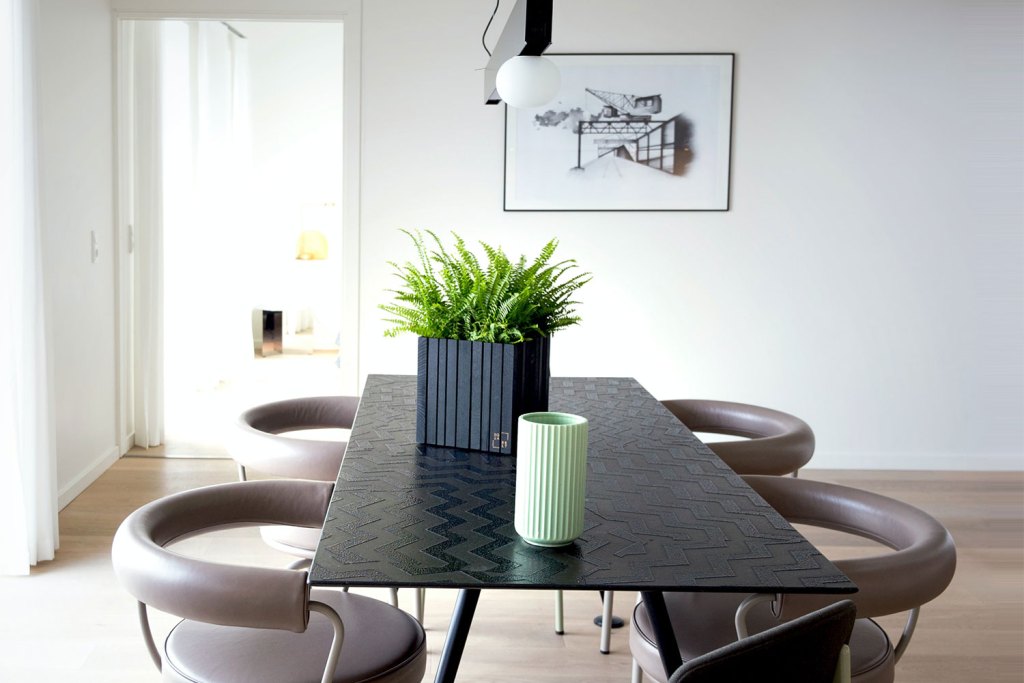
What kind of paint to use on a kitchen table
Whatever the project, you must match the paint type with the surface material and application. The best paint for a kitchen table must hold up to consistent use and cleaning, all while providing a clean, smooth finish.
If the table is made of wood or laminate, oil-based enamel paint is ideal. Although it can be messy, smelly, and difficult to clean up, oil-based paint offers the best combination of long-term durability and a smooth finish. This ensures that high-use surfaces, like dining tables, are both stylish and functional. Water-based latex paint is a good second option. Though it’s not as durable, it is conveniently fast drying, easy to clean up, and low in odor.
For smooth metal surfaces, refinish with oil-based paint. For some materials, such as plastics and textured metals, spray paint is the best option.
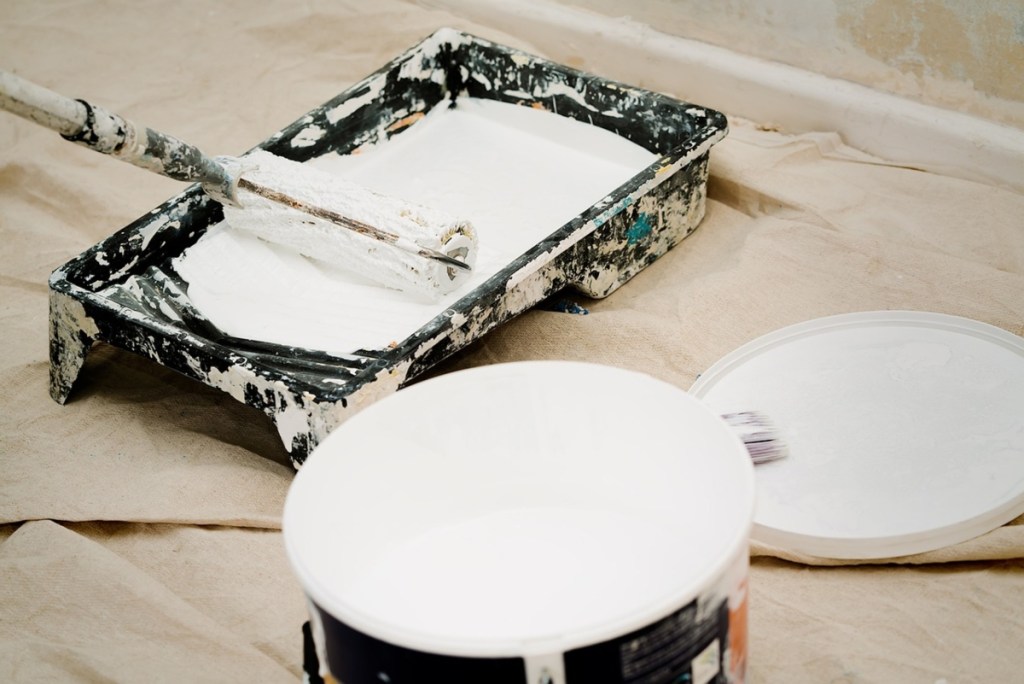
Oil-based paint — Best choice
About:
- Excellent durability
- Leaves few brush strokes
- Oil-based polyurethane topcoat
Step 1: Apply with a natural china bristle (hog hair) paintbrush.
Step 2: Clean up with mineral spirits.

Water-based paint — Limited use
About:
- Low to moderate durability
- Leaves brush strokes
Step 1: Apply with a 100% nylon or nylon/polyester paintbrush.
Step 2: Clean up with soap and water.

Spray paint — Limited use
About:
- Moderate to strong durability
- Especially helpful for textured or smooth surfaces
Step 1: Apply carefully to prevent excess paint from running.
Step 2: Spray the topcoat evenly at a 45-degree angle.
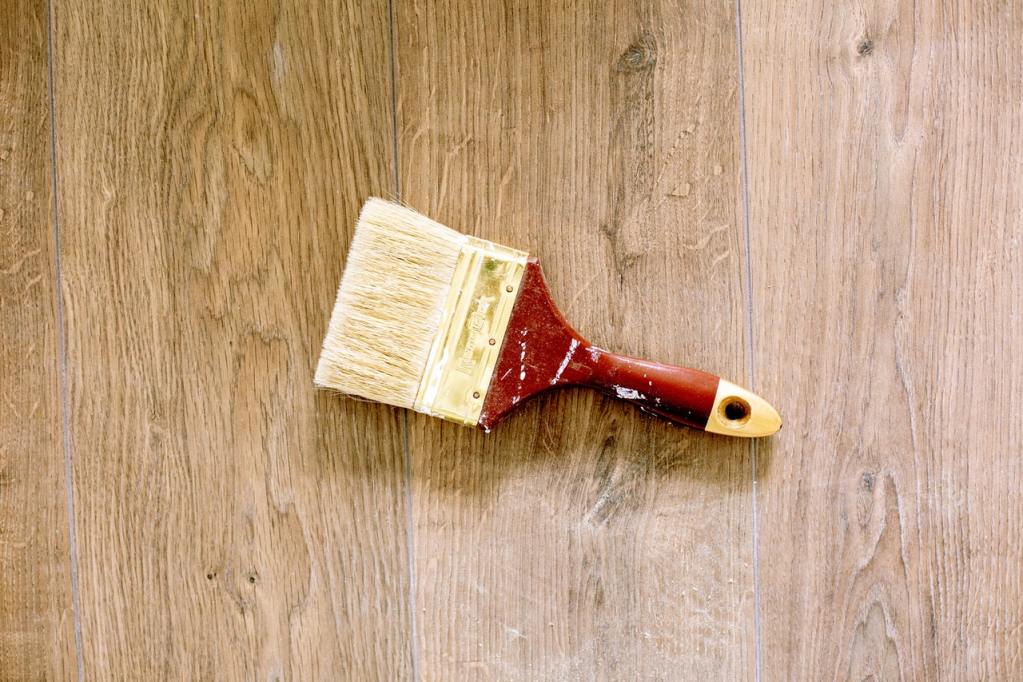
How to paint a kitchen table
Step 1: Sand all surfaces with 80-grit sandpaper. Remove any and all traces of sanding dust with a vacuum and a damp cloth.
Step 2: Apply the primer coat, then allow it to dry thoroughly.
Step 3: Smooth out the primer with 100- or 120-grit sandpaper. Again, clean up the dust with a damp cloth and a vacuum if necessary.
Step 4: Apply two coats of paint, giving each coat at least 24 hours to dry. Then, allow the paint to cure for three to five days.
Step 5: Once cured, apply three or four coats of clear topcoat.
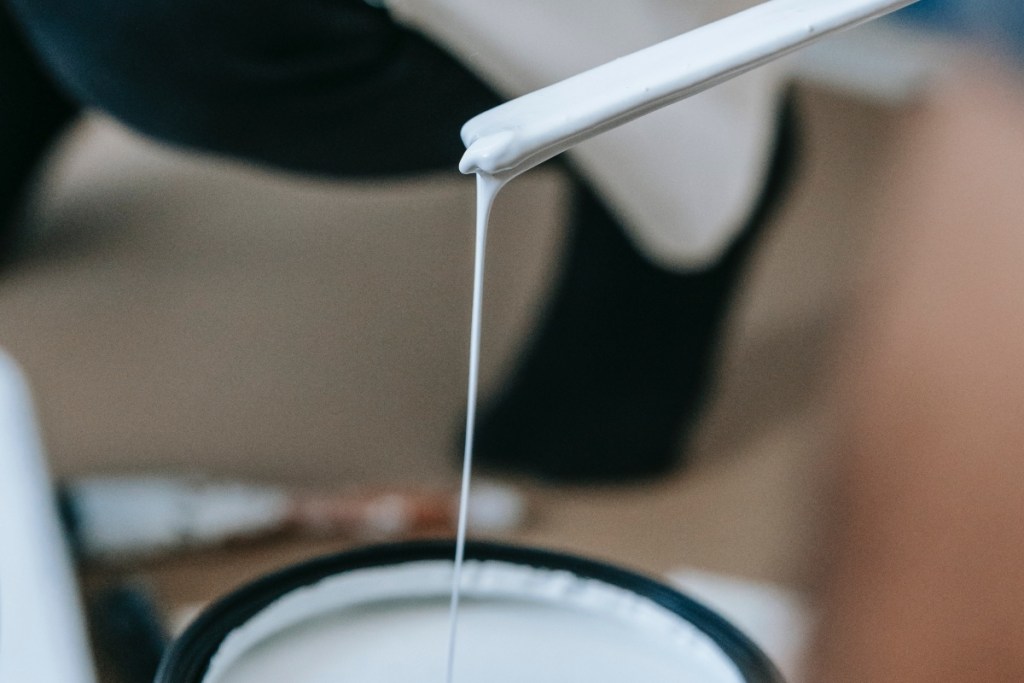
Choosing the right primer
Primer conditions the wood surface to encourage the paint to bond tightly to the material, making for a strong, durable finish. The primer coat seals the grain of unfinished wood, hides imperfections, and binds the wood fibers together for a smooth finish. After applying, smooth out the primer coat with 100-grit sandpaper, and clean up any dust before painting.
Oil-based primer is suitable for use with either oil- or water-based paint — it really just comes down to personal preference. In most instances, oil-based primer provides superior results, but it is smelly and takes much longer to dry. Water-based primer dries quickly but may raise the woodgrain and leave brush strokes. On the other hand, water-based primer works only with water-based paint.
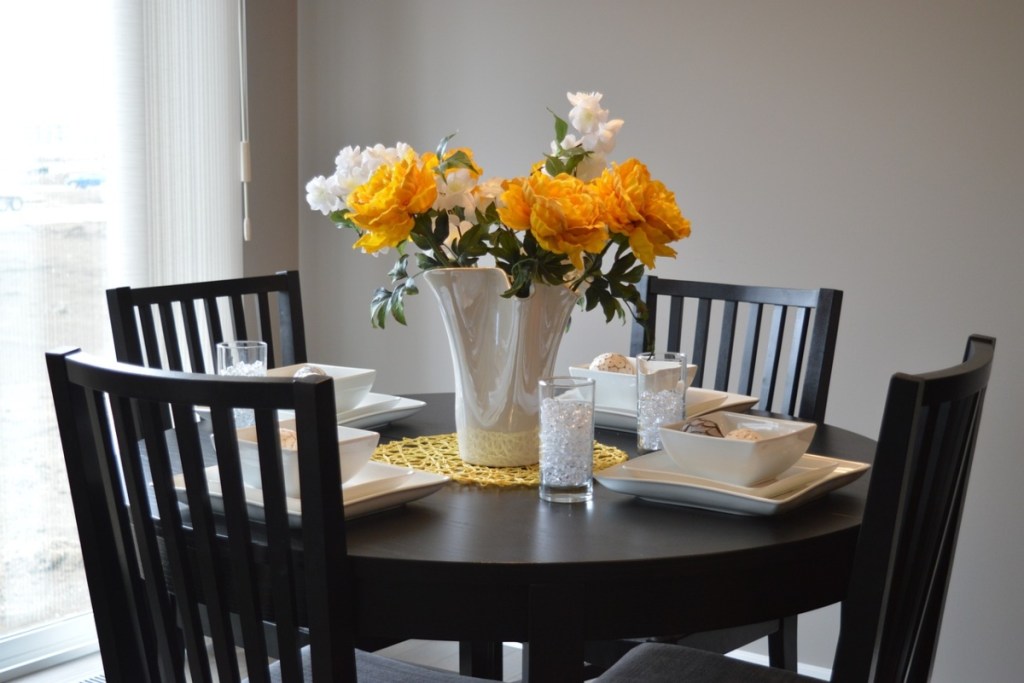
Choosing the right topcoat
The last step is applying the topcoat, the clear finish that protects the paint from scuffs, scratches, and general wear and tear. Use an oil-based topcoat with oil-based paint and, alternatively, use a water-based topcoat with water-based paint. Additionally, you can also customize the sheen of this topcoat, choosing from matte to ultra-glossy finishes.
Avoid using topcoat products with amber tones, as this will give the table a yellowish appearance. Instead, opt for crystal-clear finishes like polyacrylic or clear polyurethane. Though not necessary, many DIYers choose to apply clear finishing wax as well, especially for water-based chalk paint or milk paint projects.

Can you paint a kitchen table without sanding?
The short answer is yes. It is possible to paint a kitchen table without sanding, though you will need some specialized paint to get the job done. So, if you're facing some technical difficulties with your sander or want to save some time by skipping the sanding process, there are ways to repaint your table without sanding.
Using paints like chalk paint, milk paint, mineral and enamel paint, or an all-in-one solution can help you forgo sanding altogether. However, it's important to note that while you can skip sanding, you'll still need to add a primer to achieve the best results.

Should you seal a painted kitchen table?
While you don’t have to add a clear coat or seal your kitchen table, it can help enhance its longevity. Many acrylic-based paints act as a sealant, meaning you don’t have to worry about an additional step. However, if you’re using a different base or prefer more security, you can always seal your painted wood kitchen table for extra protection.
The best way to seal painted wood is to use a clear coat like Minwax Polycrylic or add a spray lacquer. This can add another layer of protection against moisture, food stains, or burns from hot pans if your kitchen table sees regular use. Though, for most people, a simple top coat of paint alone is usually perfectly fine.

Is it better to stain or paint a kitchen table?
Whether it's better to stain or paint a wood kitchen table depends on your style preferences and durability needs. Staining highlights the natural beauty of the wood grain, creating a warm, timeless look while offering good durability with proper sealing. Painting, however, provides more color options and can match a wide variety of décor styles, but may chip over time. If you prefer a rustic, natural finish, go with stain. For a bold, customizable look, paint is ideal.
And voila! With a little patience and the right tools, you can have a newly refinished dining room table that upgrades the entire space, no floor-to-ceiling remodel necessary.


